From the floor at CES, SCS President & Chief Strategy Officer Jeff Roach brings us the trends and tech highlights that are expected to make 2020 another big year in digital disruption. From the rise of robots to how AI is impacting everything, Jeff looks at the technology we need to stay focused on as brand marketers in 2020.
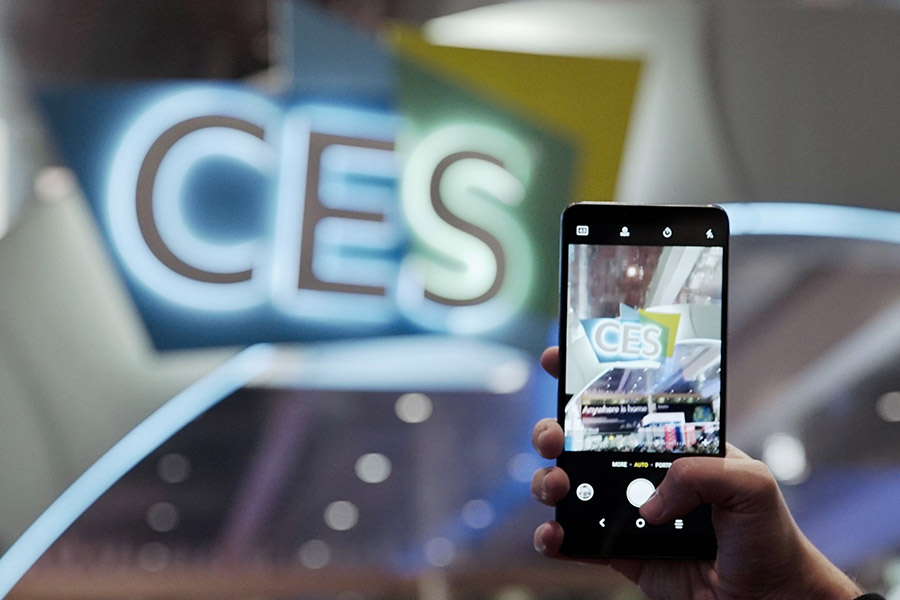
After attending CES off-and-on for almost 10 years now, it can at times feel like all of the same. Like an annual trek to technology déjà vu. We’ve been seeing robots, the promise of flying cars, curved and foldable screens, and the explosion of the Internet-of-Things-in-everything for years now. But when you look a bit closer between the lines, there’s a few key differences in the show this year that I think help us understand the state of technology in the world and how the products and trends for consumers that are worth taking note for brands in 2020. What new technologies are consumers gravitating to in 2020? What trends are emerging? And what’s important for brands to consider now?
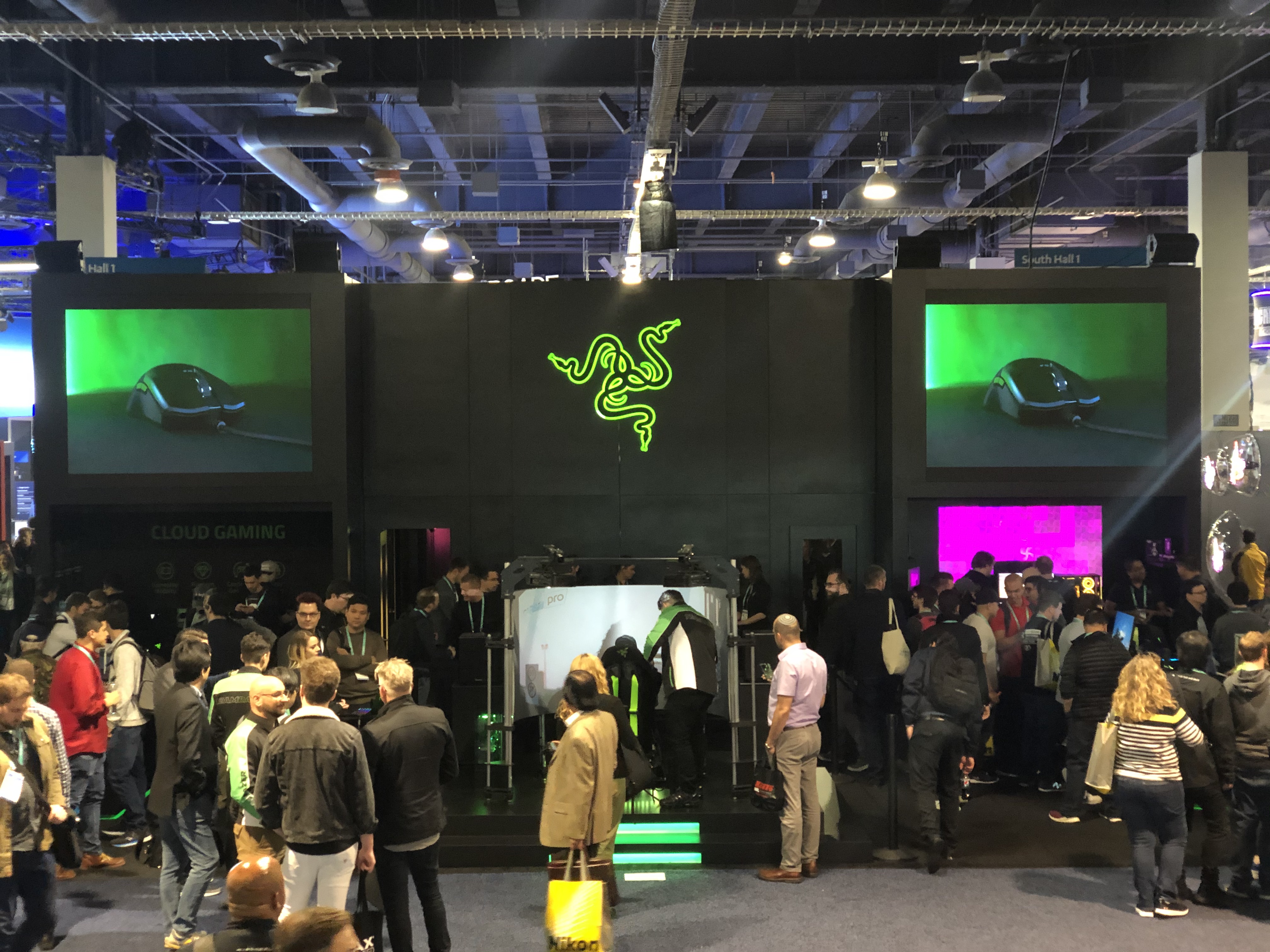
Gaming
Esports and gaming is only continuing to grow, and was seen at a few locations throughout CES this year. Our friends at Razer showed off some incredible innovation in gaming hardware, from their Tomahawk fully-modular desktop computer designed for user-friendly customization to their mobile controllers that snap on to your phone like Nintendo Switch Joy-cons, and even a massive racing game simulator with G-force seatbelts and a motion suspension platform. It was nice to see that computing and gaming hardware were still a part of the technology story in 2020 and that some manufactures are still pushing innovation in hardware. And if anything, it speaks to the importance that gaming continues to make in our culture, and just how central to our lives gaming has become. Esports and gaming wasn’t necessarily a front-and-center trend at CES this year, but looking around, you could see the impact of it everywhere.
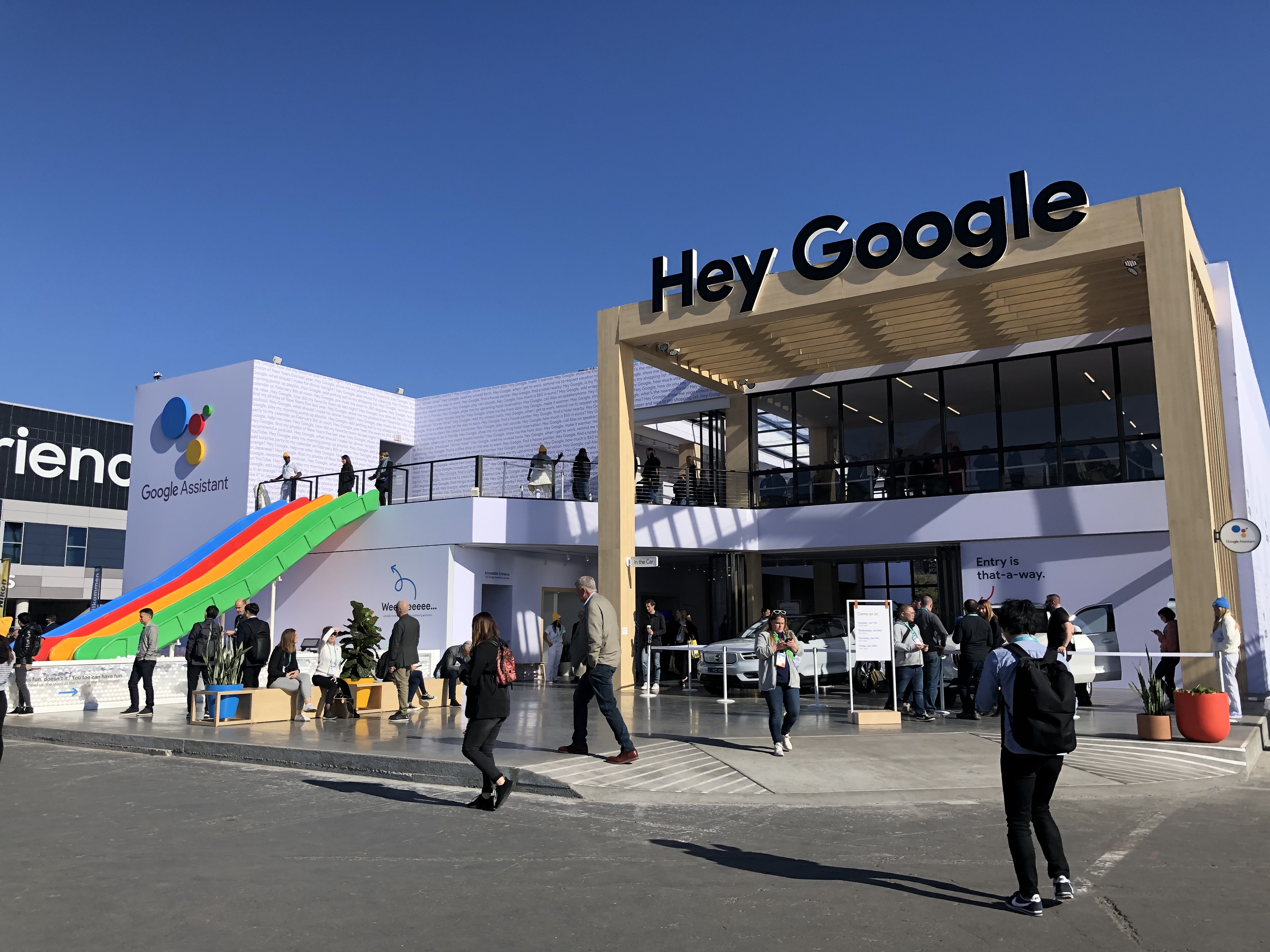
Humanizing Tech
One of the trends we noticed at CES this year was the softening of technology. Essentially, the idea that technology is becoming more user friendly, more integrated into the products and devices we use, and less in your face. Google, and their push behind Google Assistant, is certainly a reflection of this trend and Google has for many years been working to develop technology that feels softer and more intuitive to users and designed to be less intrusive in our lives. From their Material Design platform to the conversational approach of Google Assistant, Google consistently places an emphasis on humanizing technology. From every physical product including Alexa interfaces, to robots that felt eerily human-like, there was a clear emphasis throughout CES that technology should be integrated into the products we use and feel nature to interact with, particularly in new ways beyond interfacing with a screen like voice and gesture. As much as we seem to be enamored by technology, we want it to be increasingly more human to use, and so for brands I think the challenge in 2020 and beyond is to think about how to ensure our websites, mobile apps and other forms of digital engagement points are feeling easier to integrate with peoples lives and using new forms of interaction like voice and AI to bring a softer connection between people and brands.
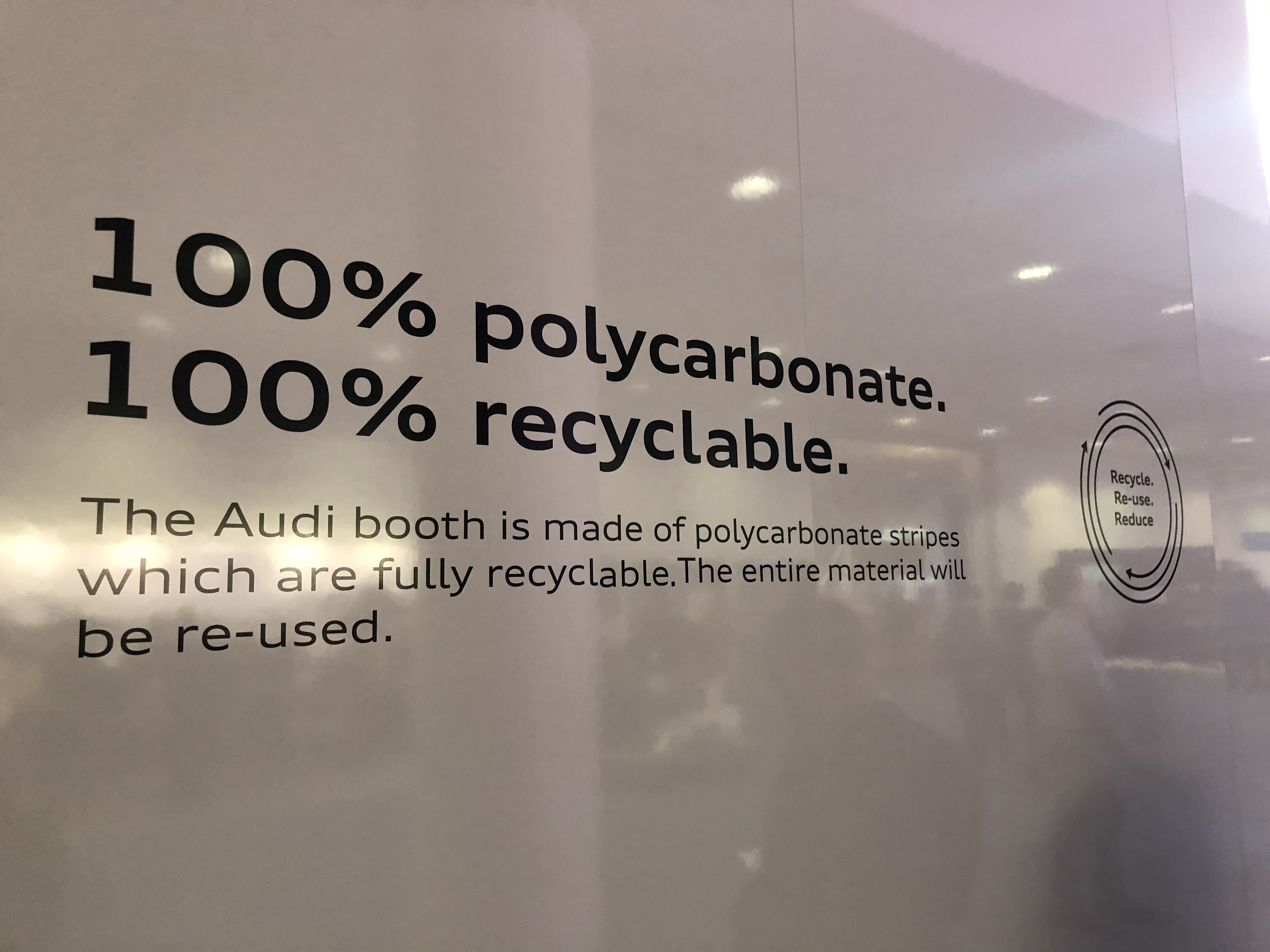
Sustainability
Although it rose to prominence in 2019, I think 2020 is going to be the year of brand sustainability, and this was evident all over CES. Multiple booths and brands promoted sustainable products and practices, and sustainability messaging was everywhere. Recycled materials, battery technology, and reducing waste were the focus of many booths. I’m happy to see just how “cool” it is now to make taking care of the planet a key part of almost every major brand story on the show floor in 2020, but I also felt like there was a lot lip service being made. But the point would be that sustainability matters to consumers right now and they are willing to show that it matters with their wallets, and that means that every brand needs to be thinking about how they become more sustainable and how can use technology to demonstrate this sustainability to consumers. From sourcing to product design to how we advertise and communicate, now is the time to demonstrate to consumers how we can do these things in ways that benefit everyone, and better the world around us.
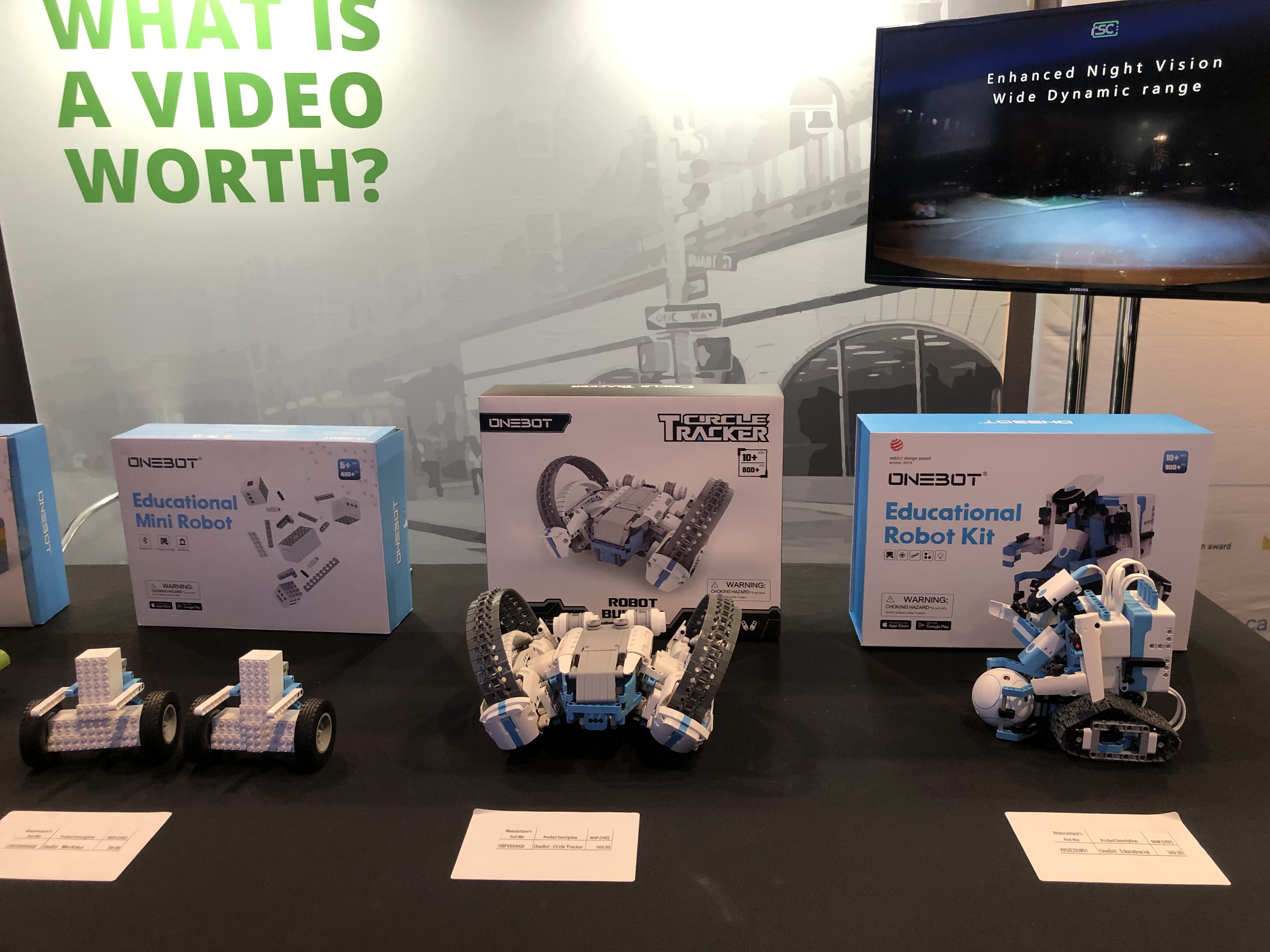
Robots
Okay, yes, we’ve been seeing robots and talking about that at CES for a number of years now. But this year something felt different, it seemed like robots became closer to reality, and that we are starting to think about how to bring AI, personalization and mechanical engineering to many different products creating an almost like robot-in-things economy where everything from bassinets to shower heads can talk to you, have a personality, and assist you in your life somehow through mechanical automation. Along with the trend in Humanizing Tech, the robots we saw at CES are feeling softer and more useful to humans than the prototypes of the past, and in far more categories and in-market products than ever before. We’re not sure of the impact on brands in this area yet, as it is still very early days for consumer adoption of robots, however we do get the sense that consumers are getting more and more comfortable with voice and AI interfaces and normalizing how we integrate computing into our day with expectations for it be able to control our physical world.
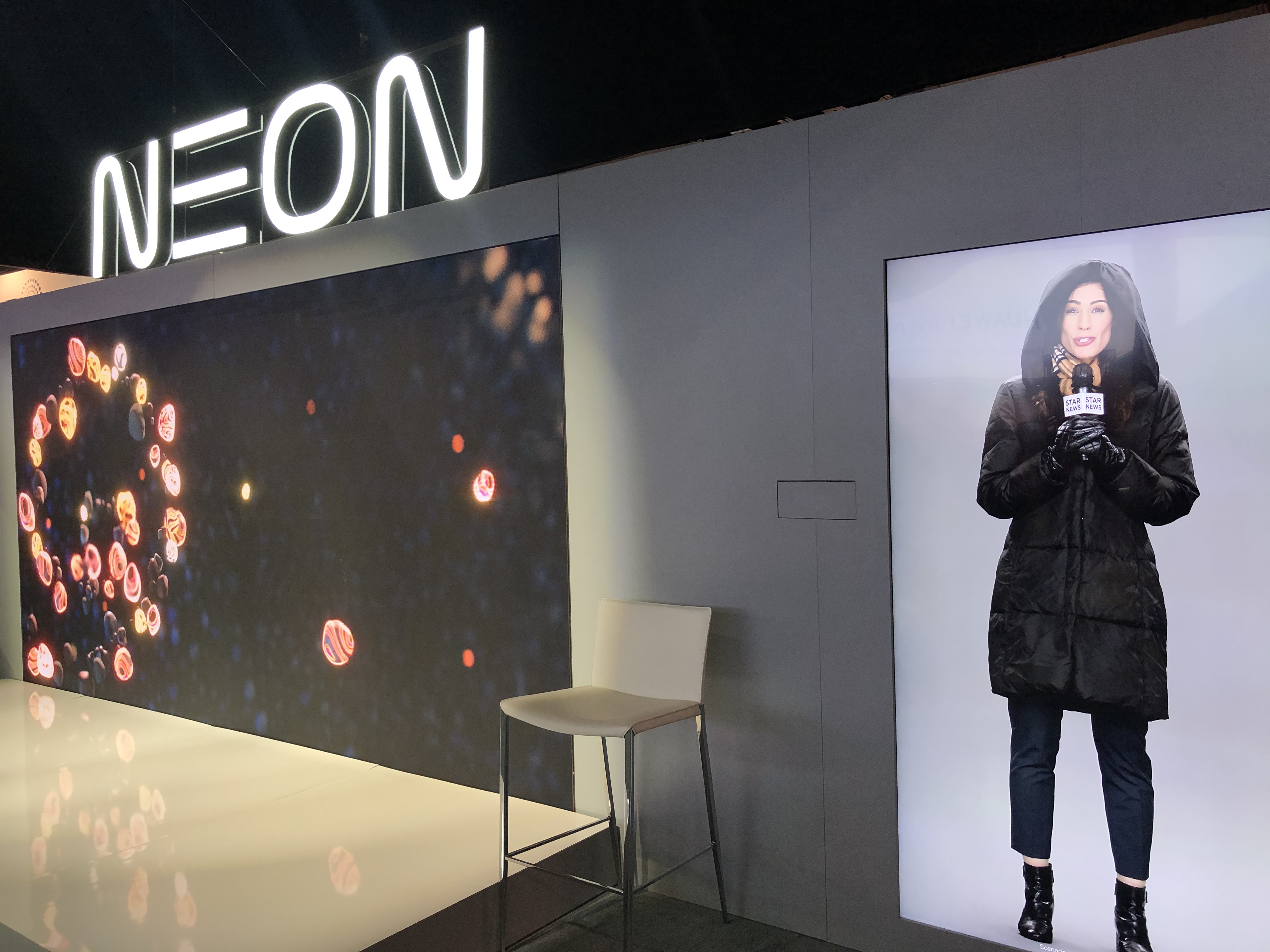
AI
Being a creative agency we have to work with talent as brand spokespersons or to perform in commercials to deliver key messaging for brand. But that person no longer has to be “human”. Although this is not an AI case study specifically, the idea of NEON is to create digital representations of humans who can play the part but don’t actually exists. These digital actors can be created from scratch and voiced to reflect the needs of the brand or designer. Photo realistic with perfect human-like performances, you can’t tell the difference between these digital characters and human actors. Now take that technology and merge it with the many various AI companies and prototypes throughout the show floor and the advancements in voice and you suddenly realize how close we are to a world where we won’t be able to tell if we are interacting with a computer or a human in the very near future. AI was everywhere at CES, and it is becoming increasingly clear just how big AI is going to be for the future of marketing. For brands in 2020, AI is going to start to touch on many aspects but watch out especially for brand who are pushing voice and chat into video and even digital brand characters (like one we are currently working on with for a client with Soul Machines).
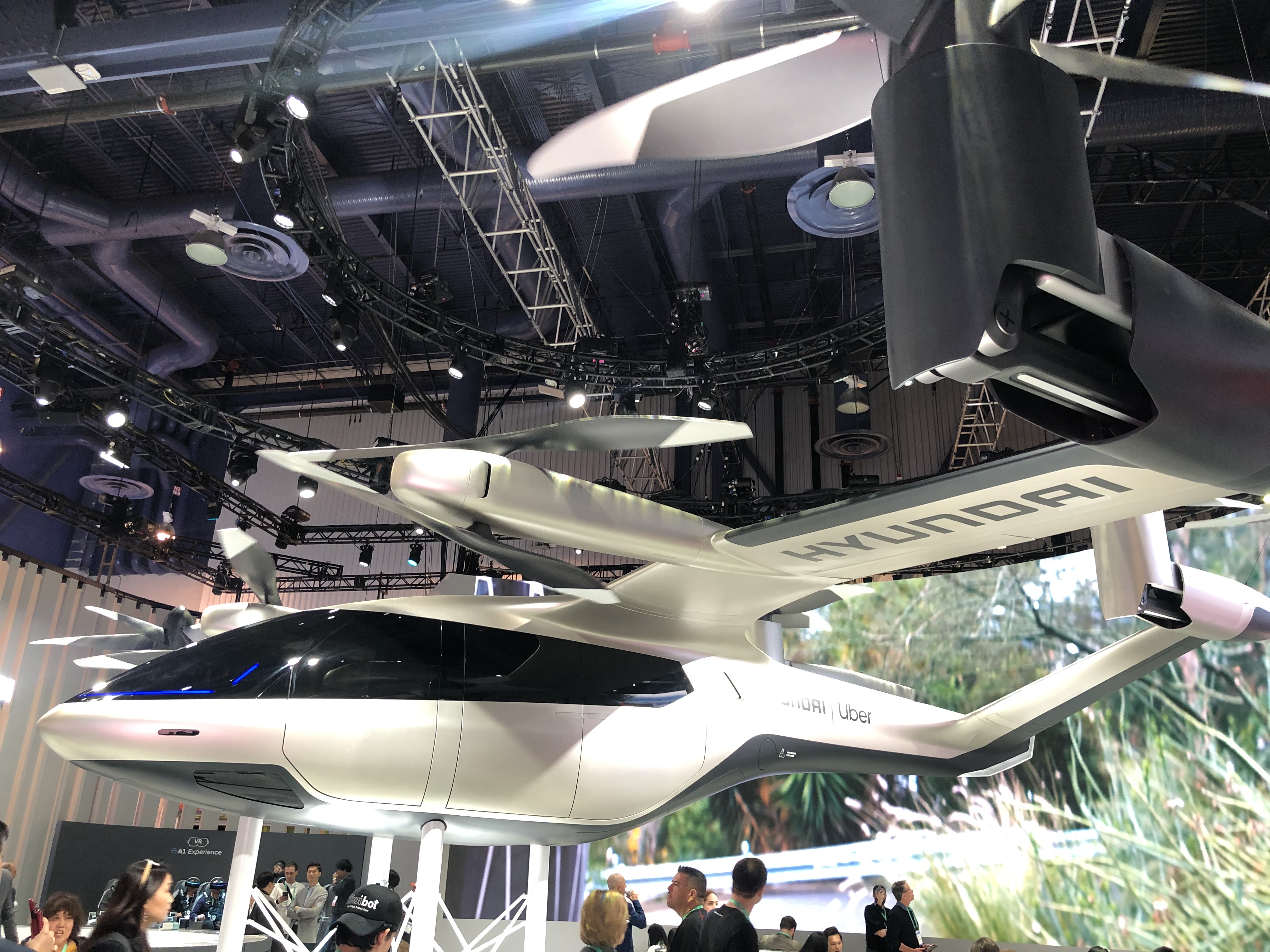
Flying Cars
And don’t worry, we’re still getting flying cars. Soon.

